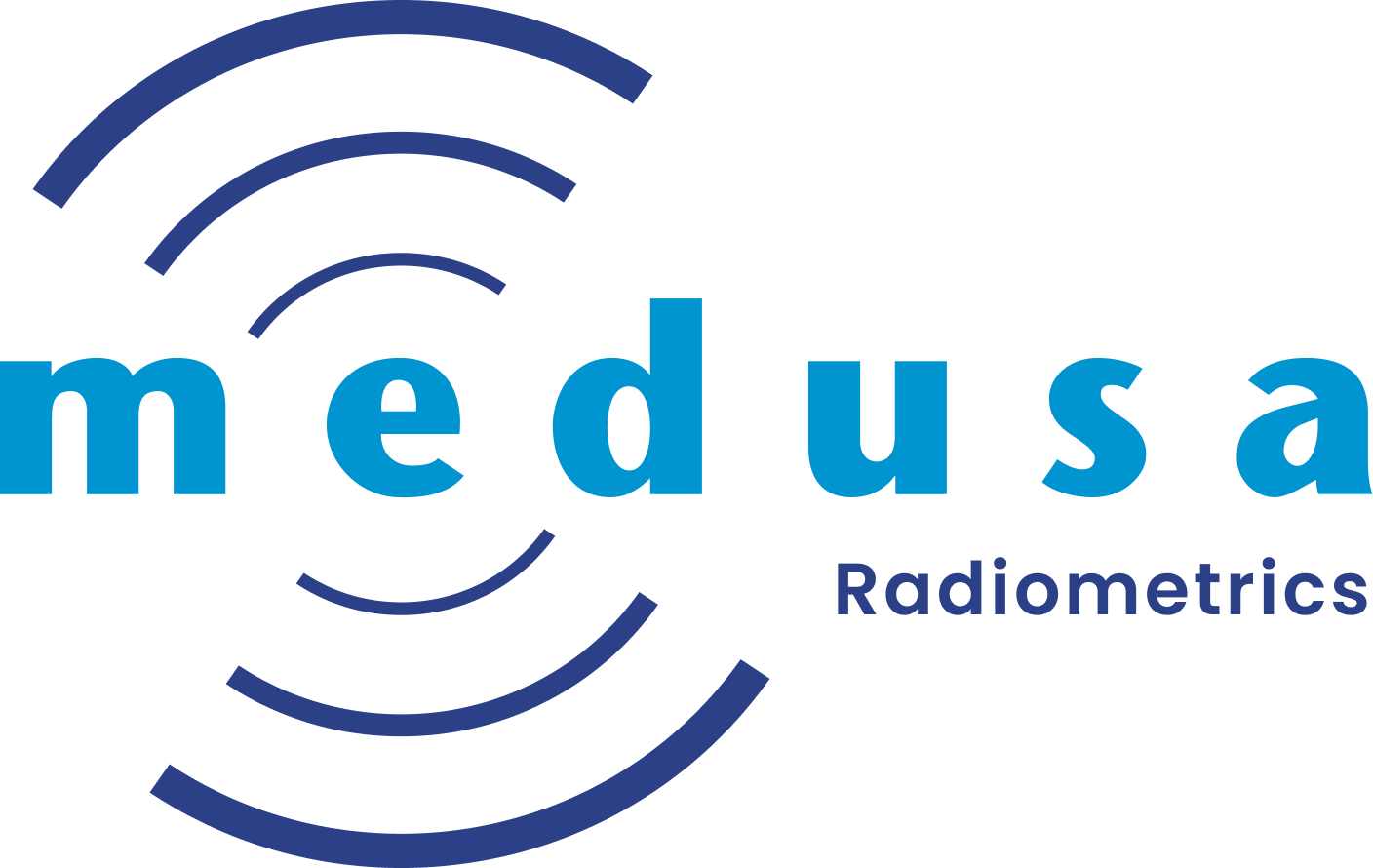Introduction
The Medusa Radiometrics RhoC5 is a portable field instrument for measuring bulk soil density and soil moisture directly in situ. Traditional approaches often require destructive sampling, laboratory processing and significant time before results become available. The RhoC5 provides an alternative: rapid, repeatable measurements in the field, with results available immediately to support decision making and site assessment.
The RhoC combines a gamma-ray density sensor, a capacitive soil-moisture probe and an automatic depth sensor in a compact, rugged housing. It is operated wirelessly through an Android app, which controls the measurements, performs on-board analysis and displays the results in real time. Typical applications include geotechnical investigations, soil compaction control, agricultural monitoring, peat and sediment studies, and environmental research.
This manual is intended for technicians, engineers, researchers and consultants who use the RhoC5 in the field. No specialized background in radiation physics is required, although basic familiarity with field measurements and data handling will be helpful. Where technical concepts are needed, they are explained in practical terms.
The manual is organized to support both first-time users and experienced operators. The Quick Guide provides a short overview to get started quickly. The subsequent chapters describe the hardware, step-by-step measurement procedures, and the use of the app. Later sections explain how measurement results are calculated and how they should be interpreted, followed by guidance on exporting data, troubleshooting common issues, safety considerations and system maintenance.
